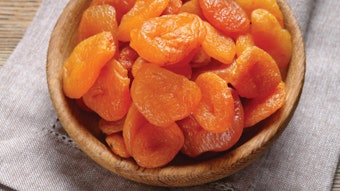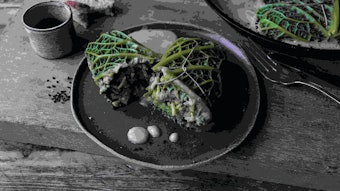Examination of the composition of the key aroma chemicals in cured vanilla beans reveals a collection of molecules dominated by phenolic compounds. The analysis conducted by Perez-Silva et al. identified 24 key aroma active compounds from extracts of cured Mexican vanilla beans, of which 13 were phenolic. In addition, two C4 deoxy compounds and five short-chain fatty acids, including straight-chain even- and odd-number acids and branched chain equivalents, were also important.
Aldehydes were represented by a C7 and C10 monounsaturated and two di-unsaturated C10 compounds. Although the phenolic compounds, especially vanillin, are known to be derived from the shikimate/phenylpropanoid pathway, the fine details of their formation are still surprisingly a matter of speculation.
Much has been written regarding the localization of the vanillin precursor glucovanillin in the ripe vanilla bean, as well as the site of the β-glucosidase enzyme responsible for the hydrolysis of this precursor to vanillin. Much less is known of the biogenetic origin and pathways of formation of non-benzenoid aroma compounds found in cured vanilla beans. Structurally, these compounds may be related to lipids.










